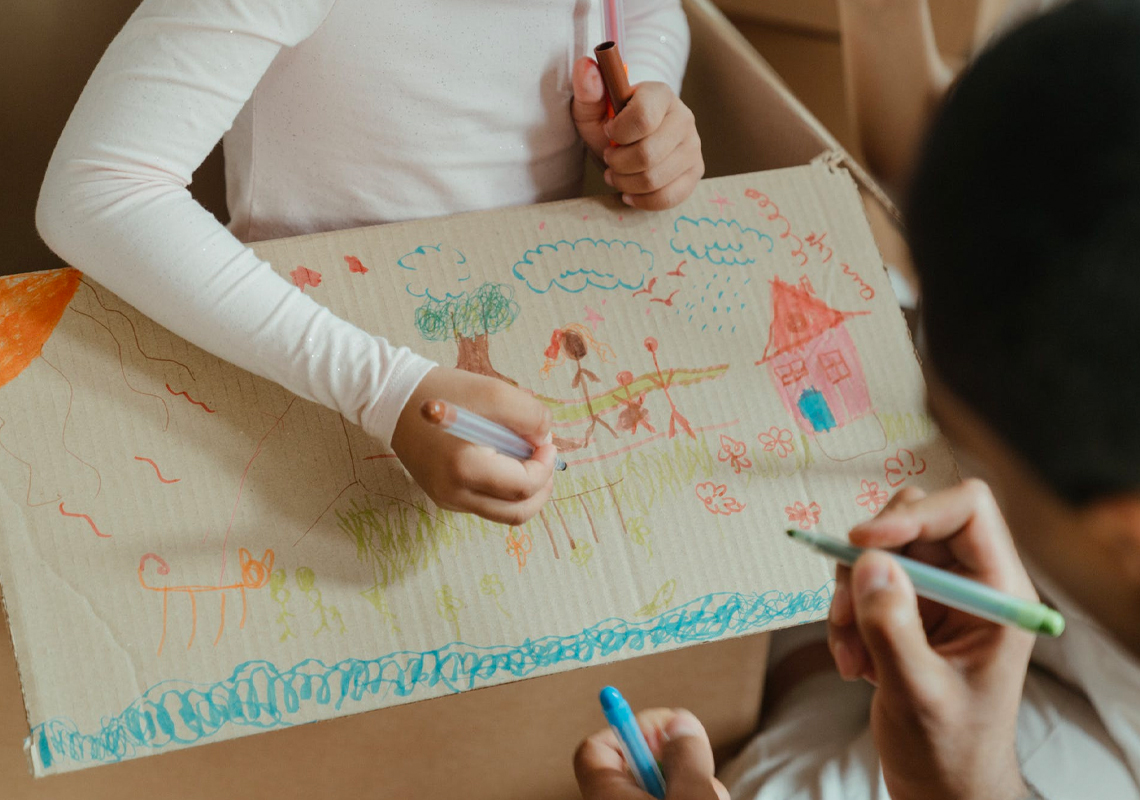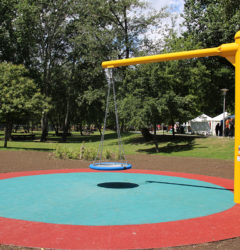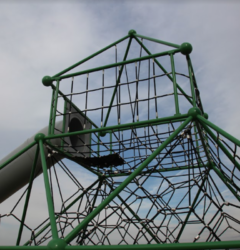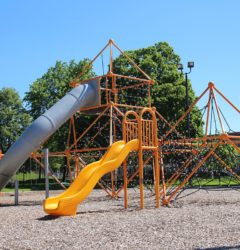08 Jun

Your little one rips open a new toy for their birthday, tosses it aside and grabs the box. They climb inside and start using it as a car. Cute, right?
Your child has mastered another milestone, symbolic play.
Symbolic play is using an object to represent or symbolize another object. A box for a car, a bowl for a hat, socks for gloves. From birth, a child builds on their knowledge of the world by observing objects and actions. By about 3 months old, your baby likely started putting objects in their mouth to figure them out. By 18 months, maybe they’ve figured out that a block can be a phone, or a remote control can be a robot…beep, boop, beep.
Symbolic play also happens when your child assigns impossible tasks in creative ways. Brushing dolly’s teeth with their toothbrush or taking imaginary sips from their tea sets. Symbolic play is an explosion of imagination and creativity.
Around 3 years old, children will start playing side-by-side and noticing what others kids do. Known as associative play, this is when symbolic play can evolve into something that mimics a great TV show script. The role playing and re-enactments are in full swing. This type of make-believe play can be vital to a child’s cognitive, social, and motor skills. Acting out experiences via symbolic play can help teach a child how to deal with them in real life. It teaches them how to cooperate, and negotiate, and it can also help them build language skills.
Research suggests that symbolic play is a pathway to literacy. The alphabet is a symbol of language. We use those symbols to convey what we want when they are written together to form words.
Here are some developmentally appropriate ways to engage in symbolic play:
Ages 3 months – 18 months: Expose children to a variety of toys, textures, and sounds. Rotate them, shake them, and turn them upside down. Use them in unconventional ways to engage and offer more value to their experiences.
Ages 18 months to 3 years: Have picnics with your child and their favourite dolly. Use the words of the items that you’re playing with. “Here’s a plate and fork for Dolly”. Let your child practice ‘baking’ in the kitchen with you by using real ingredients, and being prepared to clean up a mess!
Ages 3 years to 5 years: Pretend play is at its peak for these ages. Take old Halloween costumes, some of your old clothes, and accessories for dress up play. Guaranteed to never be the same experience twice, this is a perfect activity for play dates. Throw in some winter hats, and silly sunglasses, grab a coffee and sit back to watch them play.
No matter the age, symbolic play can add a fun activity to any day.









Follow Dynamo Playgrounds